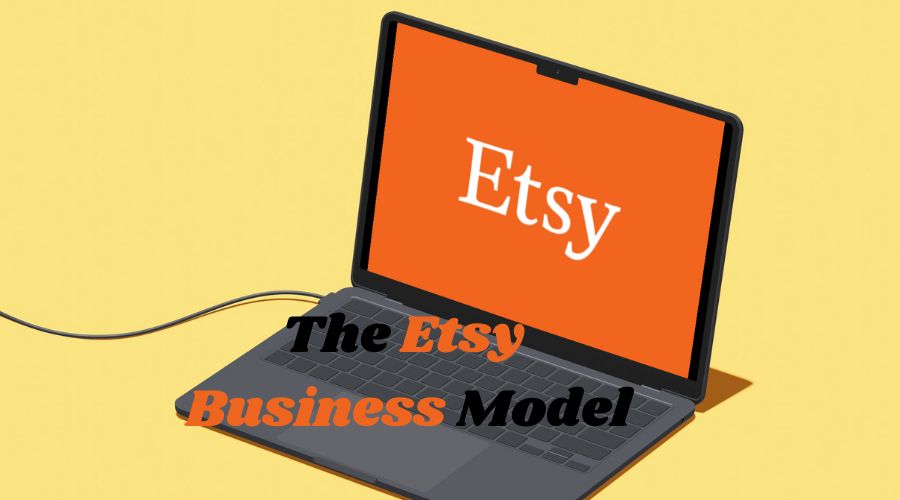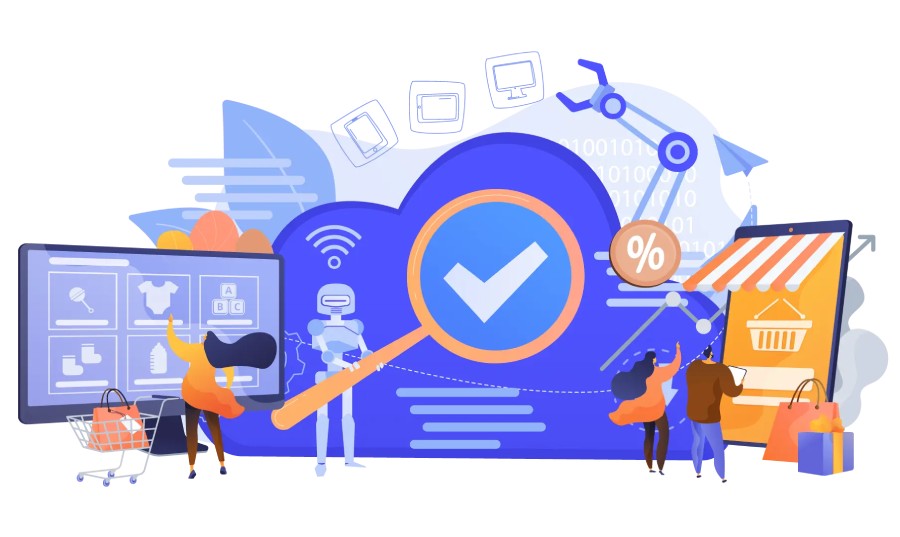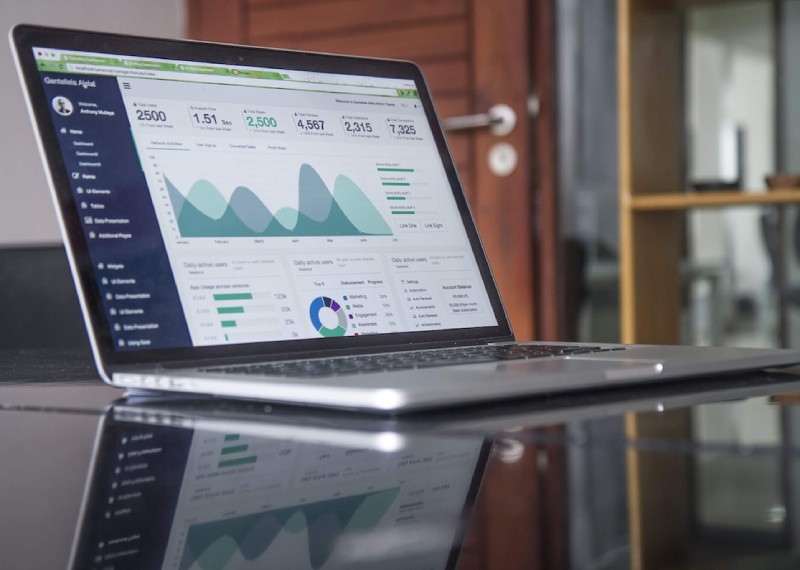
How Do You Measure Customer Loyalty?
Customer loyalty is vital if you want your organization to succeed. Loyal customers are likely to stick with your brand, resulting in higher revenue and less loss to competition. They’re also much more likely to tell other people about your brand, spreading the word about your business and essentially doing marketing on your behalf.
However, customer loyalty is an elusive metric to measure. How exactly do you define customer loyalty, and how can you objectively measure it?
How To Measure Customer Loyalty
“Loyalty” is too much of an abstract concept to measure directly, but there are some indirect metrics you can use to get a picture of your customer loyalty, such as:
- Net promoter score. First, there’s the net promoter score, or NPS. This is an objective rating of customer loyalty cultivated with the help of first-hand feedback; in other words, customers will tell you exactly what they think about your brand.
To get this measurement, you’ll ask customers a question like, “how likely are you to recommend [your brand here] to a friend or family member? Participants can respond with a numerical rating, 0 to 10; participants who score 9 or 10 are considered “promoters,” while 7s and 8s are “passives,” and 6s and below are “detractors.” You can also collect open-ended feedback in this survey so you can learn even more about them.
- Repurchasing levels. You can also measure customer loyalty with repurchasing levels. In other words, after a customer buys a product from your brand, how likely are they to come back to your brand for another purchase? You can measure the number of new and repeat customers you have, and how those numbers change over time.
- Customer engagement. How often do customers engage with your brand directly? This isn’t a precise measurement of customer loyalty, since there will be loyal customers who don’t engage with your brand much and disloyal customers who engage with your brand, but it still offers a reasonable correlation.
Measure how often customers mention your brand on social media, or engage with your brand directly when given the opportunity.
- Customer attrition/churn. No business likes to see customer churn, but measuring it can help you better understand your customer loyalty. Most often utilized as a metric by subscription-based businesses, customer churn will tell you how many paying customers left your business in a given period of time.
Here, it’s useful to conduct exit surveys so you can find out not just which customers are leaving, but why they’re leaving.
- Customer loyalty index (CLI). Your overall customer loyalty index (CLI) will incorporate many variables, including elements of net promoter score, customer repurchasing levels, and even your ability to upsell customers.
Again, you’ll rely on a survey to measure this, asking customers a handful of different questions regarding how they feel about your brand. For example, you can ask them how likely they would be to buy from your brand in the future, and how likely they would be to try a new product or service offered by your brand.
Tips For Measuring Customer Loyalty
If you use these metrics to measure customer loyalty, be sure to follow these strategies to make the most of the data you collect:
- Be consistent. First, try to be as consistent as possible in your analytics approach. That means using the same metrics and the same tools, so you can note differences reliably.
If you keep switching to look at different metrics, you’ll end up comparing apples to oranges. Instead, try to rely on the same sequence of metrics, and measure them on a regular basis (such as weekly, or monthly).
- Use both qualitative and quantitative information. Quantitative data is more objective, and can be measured easily, while qualitative data is more subjective, and is harder to plot onto a graph.
- However, you’ll need both to truly understand customer loyalty. For example, you may know that your average net promoter score is 6.5, but why is it 6.5? What do your detractors have to say about your brand? How can you turn this into actionable data?
- Track trends over time, rather than specific instances. It’s tempting to base your understanding of customer loyalty on a single snapshot, such as a survey you gave to your customers at the end of the previous quarter.
However, it’s much more effective to track trends over time. In other words, how is your customer loyalty changing over the course of weeks and months?
Once you have a solid understanding of your customer loyalty, you can take steps to actively improve it. Consider investing more heavily in customer service, and providing rewards to your most loyal customers. Get creative and experiment with different approaches, and see how your customer loyalty metrics evolve.

The Etsy Business Model: How Does Etsy Make Money?

How eCommerce Solutions Are Revolutionizing the Way We Do Business?

How to Protect Your Personal Data Online

6 Tips for Being a Successful Fleet Manager

How Should you Analyse Competitors Social Media Strategies




